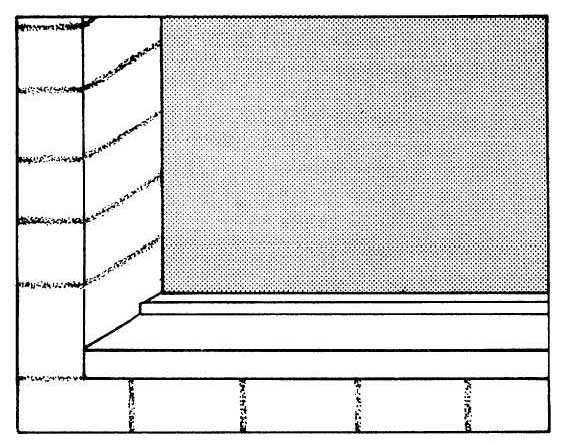
Figure 8-26.-Installed precast concrete sills.
BOND BEAMS, LINTELS, AND SILLS
Bond beams are reinforced courses of block that bond and integrate a concrete masonry wall into a stronger unit. They increase the bending strength of the wall and are particularly needed to resist the high winds of hurricanes and earthquake forces. In addition, they exert restraint against wall movement, reducing the formation of cracks.
Bond beams are constructed with special-shape masonry units (beam and lintel block) filled with concrete or grout and reinforced with embedded steel bars. These beams are usually located at the top of walks to stiffen them. Since bond beams have appreciable structural strength, they can be located to serve as lintels over doors and windows. Figure 8-24 shows the use of lintel blocks to place a lintel over a metal door, using the door case for support. Lintels should have a minimum bearing of 6 inches at each end. A rule of thumb is to provide 1 inch of bearing for every foot of clear space. When bond beams are located just above the floor, they act to distribute the wall weight (making the wall a deep beam) and thus help avoid wall cracks if the floor sags. Bond beams may also be located below a window sill.
Modular door and window openings usually require lintels to support the blocks over the openings. You can use precast concrete lintels (figure 8-25, view 1) that contain an offset on the underside (view 2) to fit the modular openings. You can also use steel lintel angles that you install with an offset on the underside (view 3) to fit modular openings. In either case, place a noncorroding metal plate under the lintel ends at the control joints to allow the lintel to slip and the control joints to function properly. Apply a full bed of mortar over the metal plate to uniformly distribute the lintel load.
You usually install precast concrete sills (figure 8-26) following wall construction. Fill the joints tightly at the ends of the sills with mortar or a caulking compound.
PIERS AND PILASTERS
Piers are isolated columns of masonry, whereas pilasters are columns or thickened wall sections built contiguous to and forming part of a masonry wall.
Continue Reading